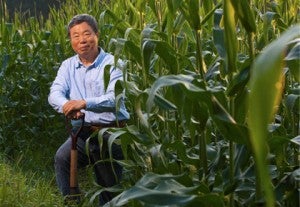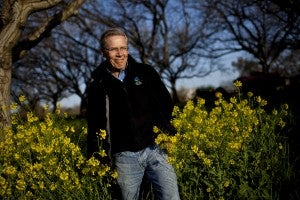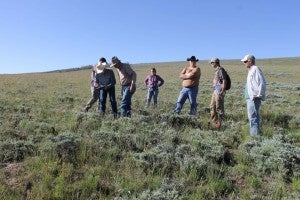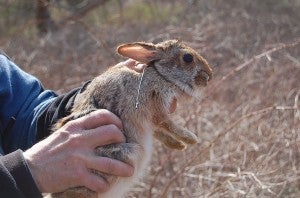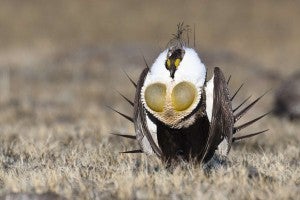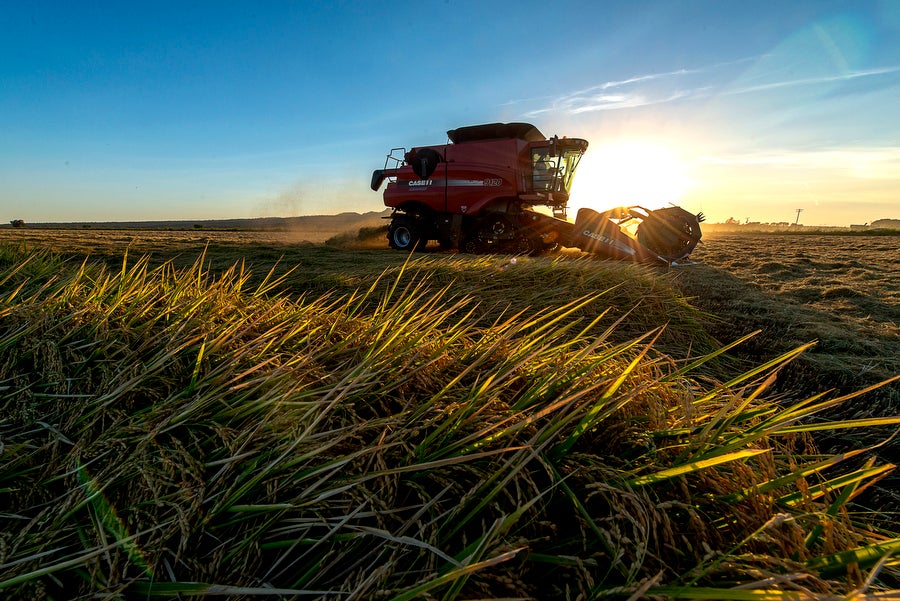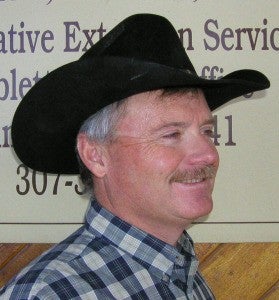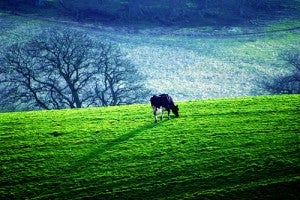 Today, President Obama announced a plan to safeguard America’s land, water and wildlife by establishing a “no net loss” standard for mitigating impacts on natural resources and encouraging related private investment to deliver better outcomes for the environment.
Today, President Obama announced a plan to safeguard America’s land, water and wildlife by establishing a “no net loss” standard for mitigating impacts on natural resources and encouraging related private investment to deliver better outcomes for the environment.
The plan will create a more sustainable future for the energy and agriculture sectors, for example, that provide our nation’s food, fuel and fiber.
If there is one sector that I believe can gain the most from this new mitigation standard, it’s agriculture.










